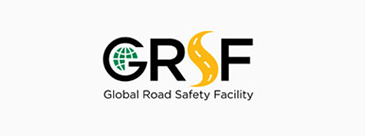





Overtaking Lane and 2+1 Road
Reduced risk of crashes related to overtaking such as head-on crashes Extra clear zone (area free of roadside hazards)
The start and end points of additional lanes must be designed carefully. For example, sight distance must be suitable for the speed of traffic. Signs telling drivers when an overtaking lane is ahead will reduce the likelihood of them overtaking in less safe areas. Overtaking lanes should not be installed at sites which include significant intersections or many access points, or pedestrian crossings. Consideration may be given to terminating the overtaking lane ahead or providing traffic signals.. Vehicles travelling in the opposite direction to the overtaking lane must be discouraged from also using this lane. Physical barriers may be required. At the end of an overtaking lane, overtaking traffic should merge back to the slower lane with a taper. A buffer area on hatched markings should be provided beyond the end. On divided roads climbing lanes should be continuous as far as possible. On undivided roads, discrete climbing lanes may be sufficient given overall consideration of traffic volume, topography and economics. Such discrete sections are generally 400m or more in length excluding tapers and buffer areas.
Treatment Summary
25-40% |
Case Studies
Related Images
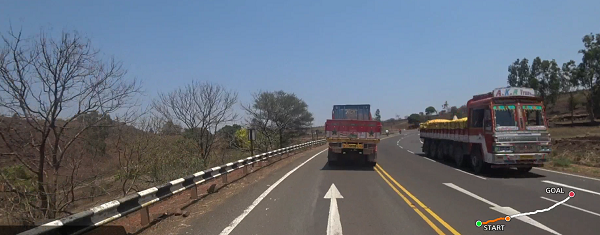
State highway in India with 2+1 lane configuration and roadside safety barrier. Image credit: iRAP 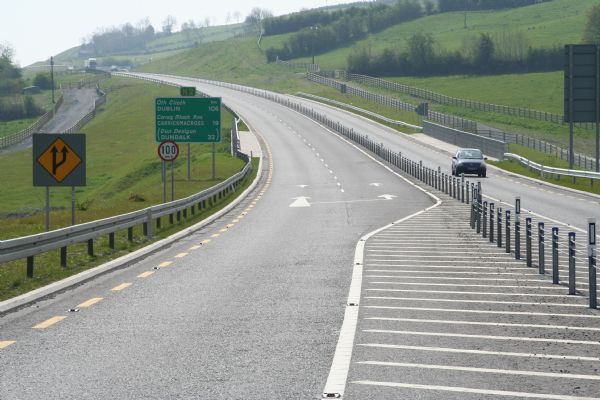
A divided road in Ireland with 2+1 lane configuration and wire-rope median barrier. Image credit: EuroRAP 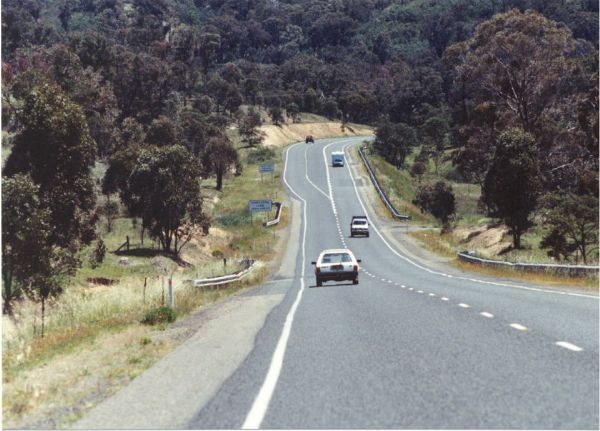
Additional lane. Image credit: ARRB 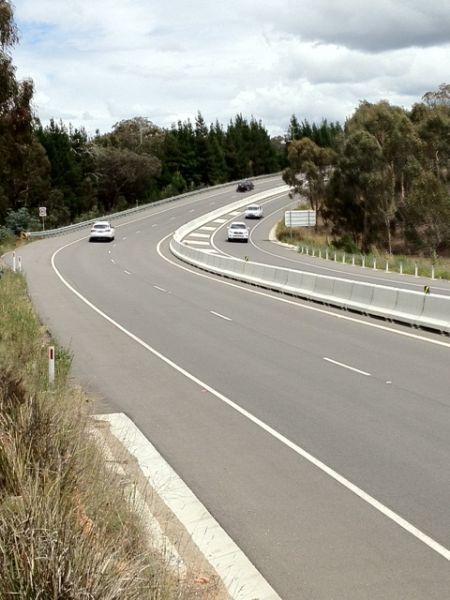
Roadside and median safety barriers on a curve in Australia. Image credit: Greg Smith


